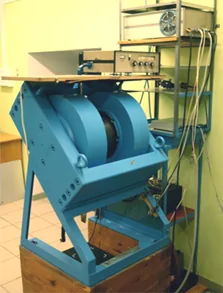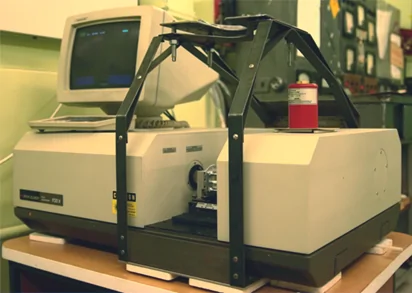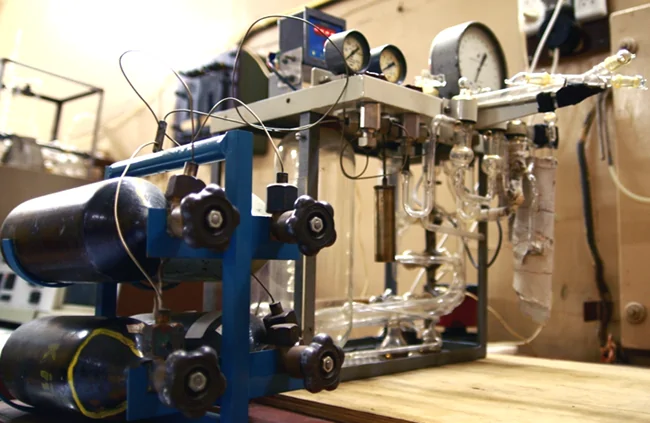Лаборатория Химии Высоких Энергий
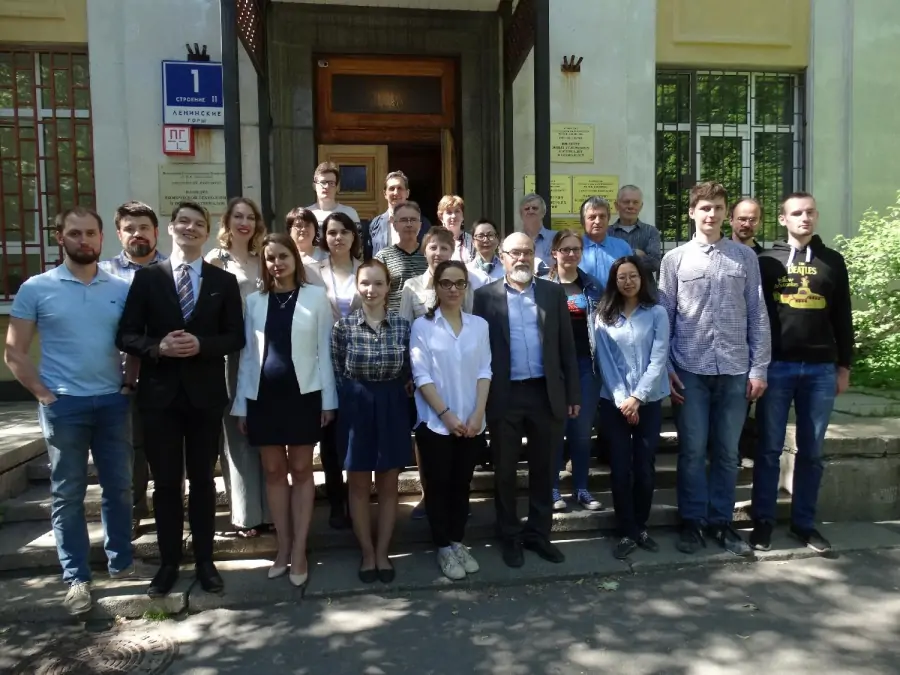
Основные направления - моделирование холодных астрохимических процессов, исследования структуры и свойств интермедиатов и необычных молекул при криогенных температурах, разработка перспективных наносенсибилизаторов для радиотерапии и тераностики с использованием рентгеновского излучения, радиационно-химический синтез металл-полимерных нанокомпозитов.
Особое место в современной тематике лаборатории занимают исследования радиационно-химических превращений изолированных молекул в матрицах твердых благородных газов при температурах гелиевого диапазона, а также строения и свойств новых молекул и радикалов с необычными химическими связями - гидридов благородных газов типа HNgY. Лаборатория обладает оригинальными методиками и уникальным комплексом гелиевых криостатов для таких исследований с использованием методов ИК и ЭПР-спектроскопии
- ИК-спектроскопия
- ЭПР-спектроскопия

Направления исследований
Радиационная химия краун-эфиров и краун-содержащих систем
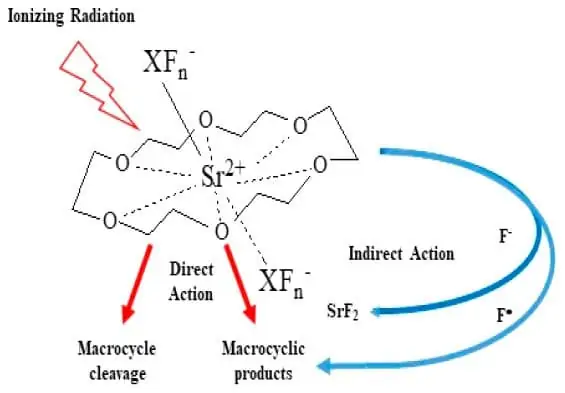
Это направление связано с проблемами разработки радиационно-стойких экстракционных систем и сорбентов на основе краун-эфиров для переработки ядерного топлива и радиоаналитических приложений.
Основное внимание уделяется механизмам радиационно-химических превращений краун-эфиров различной структуры, а также исследованию влияния природы катиона и аниона на радиационно-химические процессы в краун-содержащих системах. Наряду с этим, предпринимаются попытки разработки оригинальных способов получения краун-содержащих сорбентов.
Для характеристики механизмов радиационно-химических превращений используется спектроскопия ЭПР, применяются различные синтетические и аналитические методики.
Радиационно-химический синтез металл полимерных нанокомпозитов
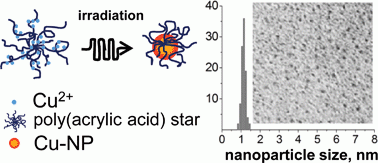
В рамках данного направления решается задача одностадийного радиационно-химического синтеза перспективных гибридных наноматериалов, которые могут представлять потенциальный интерес для различных приложений (создание тканей с бактерицидными свойствами, сенсоров, оптических фильтров, катализаторов).
Основное внимание уделяется разработке новых принципов управления размерами и распределением металлических и биметаллических наночастиц, получаемых при радиационно-химическом восстановлении ионов металлов в водно-полимерных системах.
В исследованиях используются современные структурные методы (электронная микроскопия, рентгеноструктурный анализ), а также методы исследования кинетики радиационно-химических процессов (электронная спектроскопия поглощения и ЭПР).
Разработка и модельные исследования механизмов действия перспективных наносенсибилизаторов для радиотерапии и тераностики с использованием рентгеновского излучения
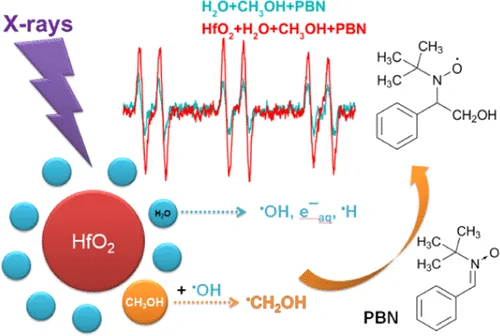
В настоящее время лечение рака является одной из основных проблем медицины. Во многих случаях для лечения онкологических заболеваний используется лучевая терапия, а в некоторых случаях она является единственным эффективным вариантом. Комбинация лучевой терапии с радиосенсибилизирующими препаратами позволяет повысить эффективность лечения. Такой подход наиболее перспективен для рентгеновского облучения с энергией от 10 до 100 кэВ.
В рамках данного направления в ЛХВЭ проводятся систематические комплексные исследования механизмов радиационно-химических процессов в системах, содержащих наносенсибилизаторы, влияния энергии излучения и состава среды, а также природы, концентрации, размеров, формы и свойств поверхности этих наноматериалов на их радиосенсибилизирующую способность.
Основная цель – разработка и оптимизация новых перспективных наноматериалов на основе металлических и оксидных частиц с использованием оригинального метода радиационно-химического модифицирования поверхности наночастиц макромолекулами.
В качестве основного метода модельных исследований радиационно- химических процессов используется метод спиновых ловушек, основанный на количественном определении радикалов с помощью ЭПР спектроскопии, а также расчеты методом Монте-Карло и гель-электрофорез (совместно с ФМБЦ им. А.И. Бурназяна и ИФХЭ РАН).
Радиационно-химические превращения небольших молекул в низкотемпературных матрицах

В рамках этого направления проводятся экспериментальные и теоретические исследования структуры и свойств различных высокореакционных интермедиатов и необычных молекул при температурах гелиевого диапазона.
Используемые в работе оригинальные подходы и методы позволяют получать уникальную информацию, представляющую интерес для различных отраслей химии и химической физики, в частности, радиационной химии и фотохимии, химии межзвездного пространства, земной и планетарных атмосфер, а также для развития новых принципов манипулирования химическими реакциями при низких температурах.
Самостоятельный интерес представляет возможность получения и исследования свойств нового класса соединений с необычными химическими связями – гидридов благородных газов общей формулы HNgX.
В исследованиях используется комбинация высокоинформативных методов ИК и ЭПР спектроскопии в условиях матричной изоляции, применяются квантово-химические расчеты современного уровня.




